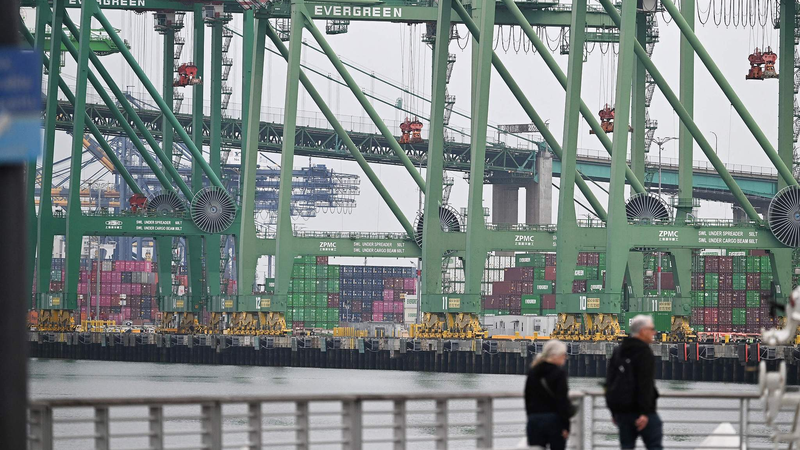In Q1 2025, the US economy contracted at an annual rate of 0.5 percent, illustrating how global trade, policy shifts and market sentiment can reshape growth. As the worlds largest economy, this performance sends ripples through supply chains and investment decisions across G20 markets.
Import Surge and Growth Drag
Imports of consumer and capital goods jumped sharply as businesses stocked up ahead of looming tariffs. While private domestic demand held up—final sales to private purchasers rose—the import surge directly offset gains in output, pulling headline GDP lower.
Inflation’s Unyielding Grip
Inflation remained stubbornly above target. The core PCE price index rose at an annualized 3.4 percent pace in Q1, well above the Federal Reserve’s 2 percent goal. A University of Michigan survey showed one-year inflation expectations climbing to 6.5 percent, the highest since 1981, underlining growing cost pressures.
Supply Shocks and Tariff Tensions
New reciprocal tariffs from previous policy cycles have driven up costs for imported goods and production inputs. These supply-side shocks not only inflated prices at home but also risk undermining US export competitiveness by fueling currency swings.
Geopolitical Uncertainty
Ongoing trade disputes and global tensions have dampened business confidence. Firms are cautious about new investments, and consumers worry these frictions could spill into financial markets, leading to more conservative spending on durable goods and travel.
Monetary and Fiscal Headwinds
The lagged effects of interest rate hikes are still unfolding, potentially slowing growth further. Meanwhile, a persistent federal deficit and rising debt servicing costs may crowd out productive investments, posing long-term risks.
Looking Ahead
Charting a path to recovery will take time and targeted policies. Balancing supply-side constraints, geopolitical volatility and cyclical headwinds is a tall order. But navigating these challenges effectively will be key to sustaining a global economic rebound.
Reference(s):
The US economy navigates a complex and challenging landscape
cgtn.com




